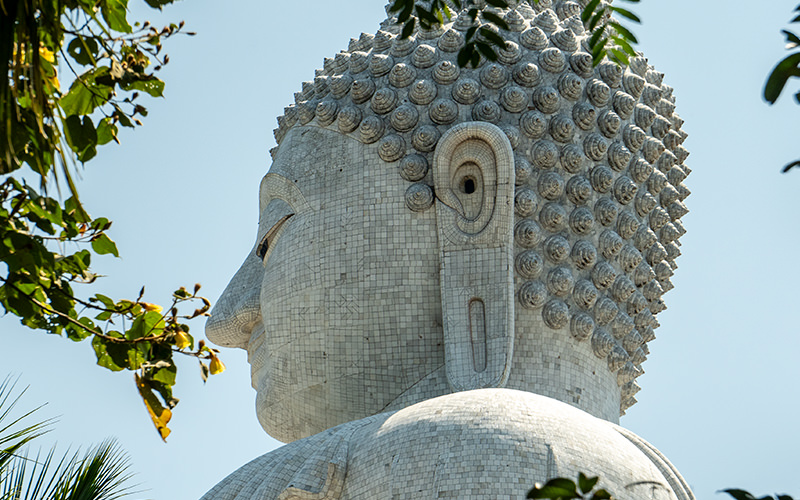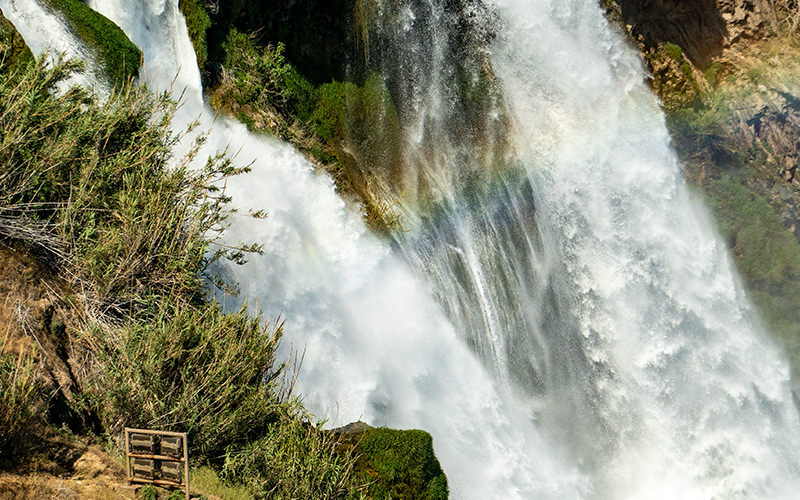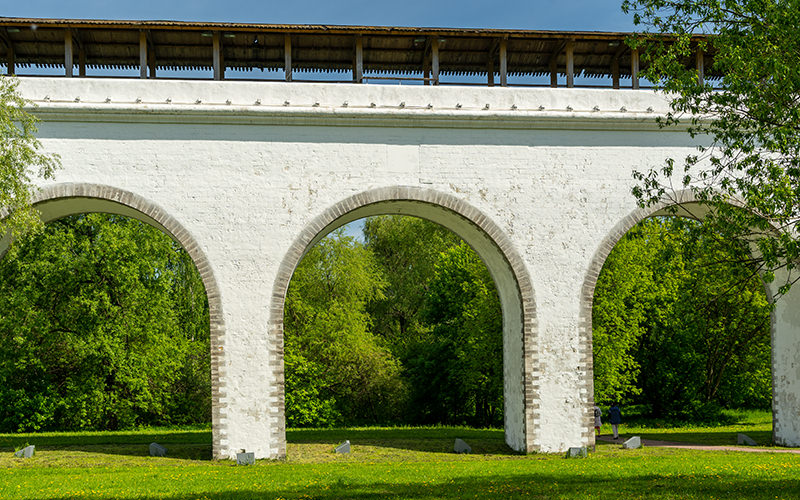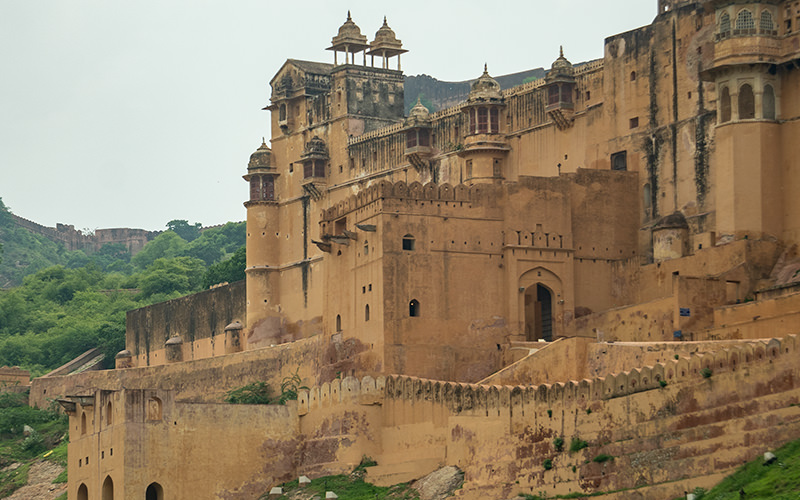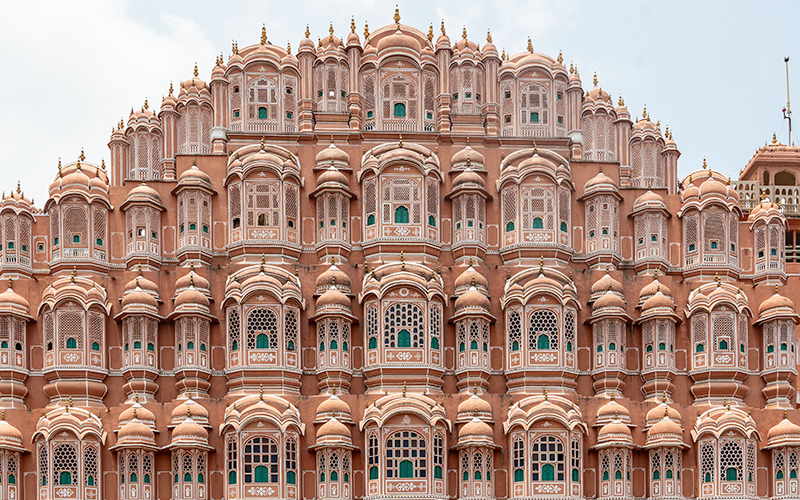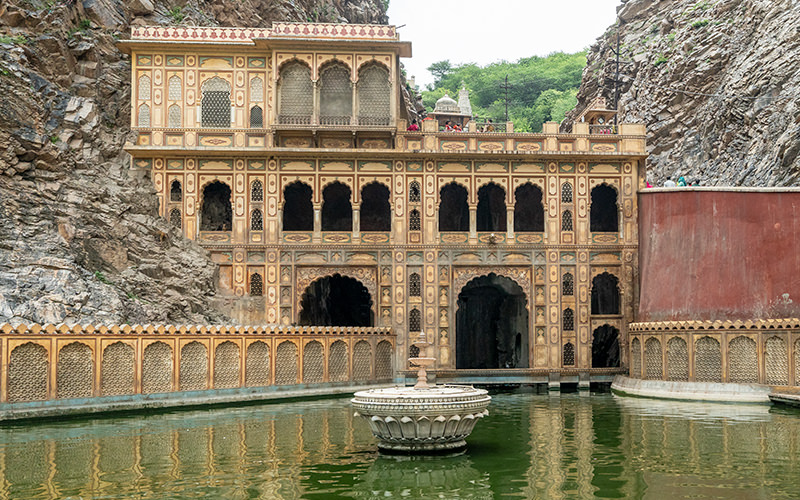Friends, we continue our journey through the interesting places of India’s Golden Triangle. This time, I would like to show you some photos of the amazing Jal Mahal residence, which is also known as the floating or water palace.
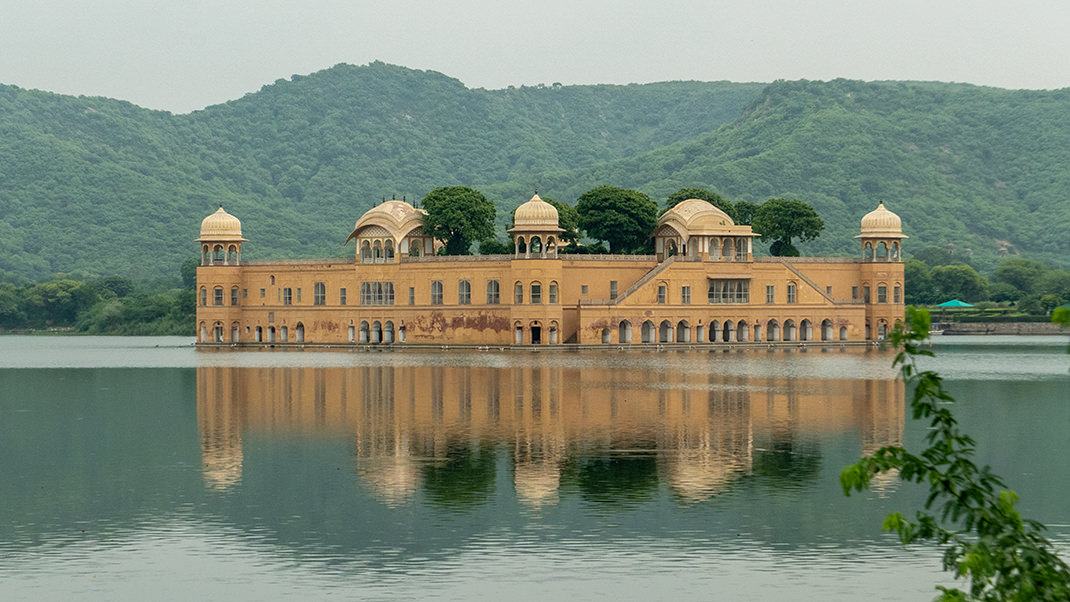
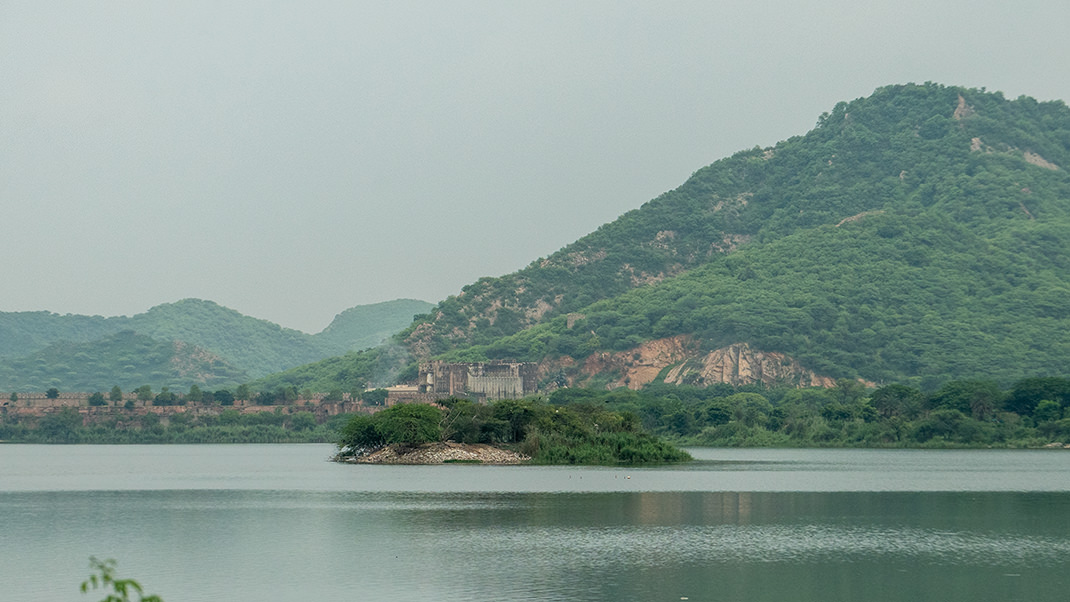
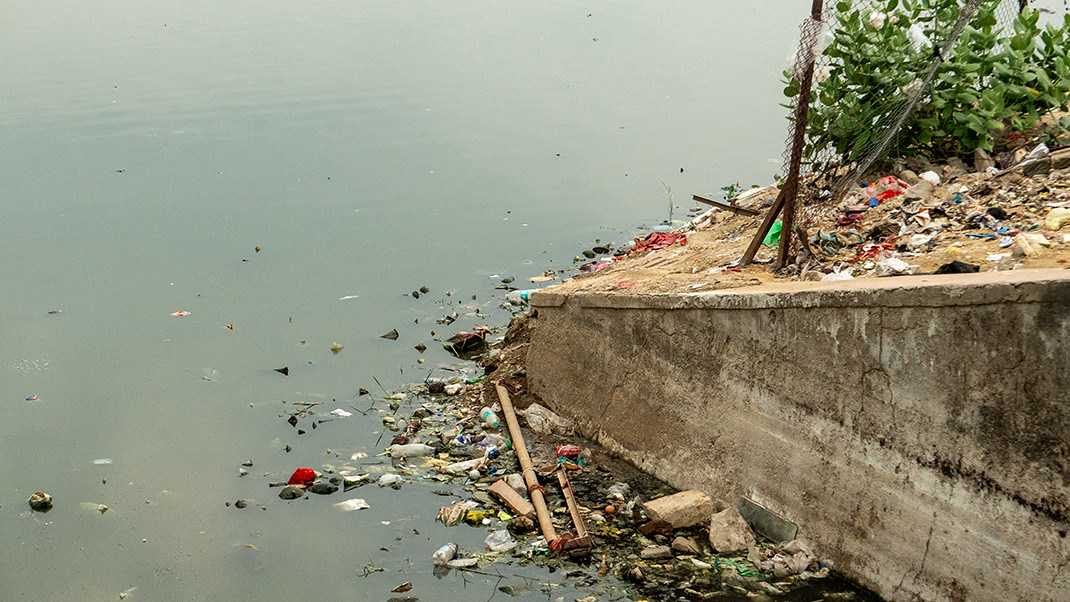
A Bit of History
Although Jal Mahal struck me as a unique and very interesting building, there is not much information available about it. Travel guides mention that the palace was either built or reconstructed from an existing structure during the reign of Maharaja Jai Singh II in the first half of the 18th century.
We can only see the upper part of the palace, as the rest of the structure is submerged. It is said online that the building extends four stories beneath the waters of the Man Sagar Lake.
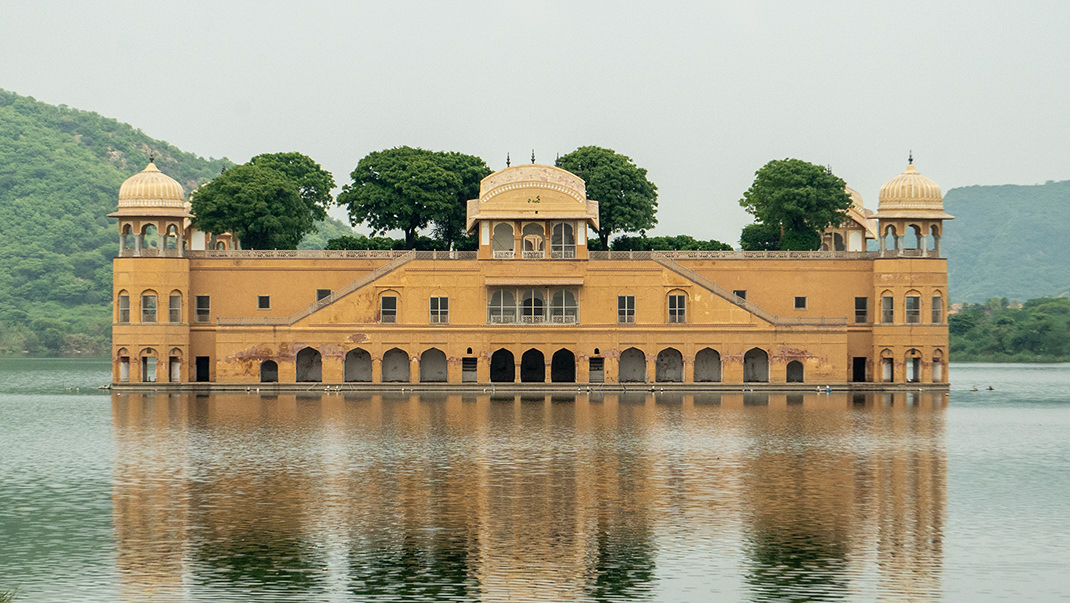
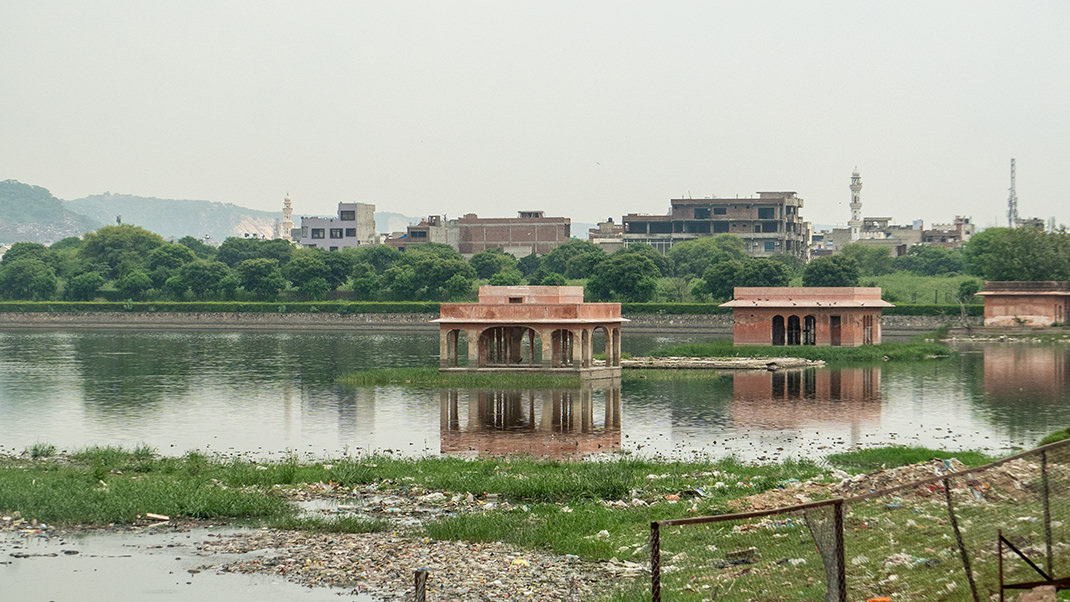

I came across a legend that suggests the residence was originally on dry land, but during a severe drought, one of the local rulers decided to sacrifice the palace and create an artificial lake. This same source also mentions that the building was actually constructed when the lake already existed.
Interestingly, while preparing this material, I found an old guidebook on India’s sacred sites, which made no mention of the unique location of Jal Mahal. The author describes the place as a white marble residence near the slopes of high mountains, referring to it as the Indian Monplaisir. I suspect that this description refers to a different building.
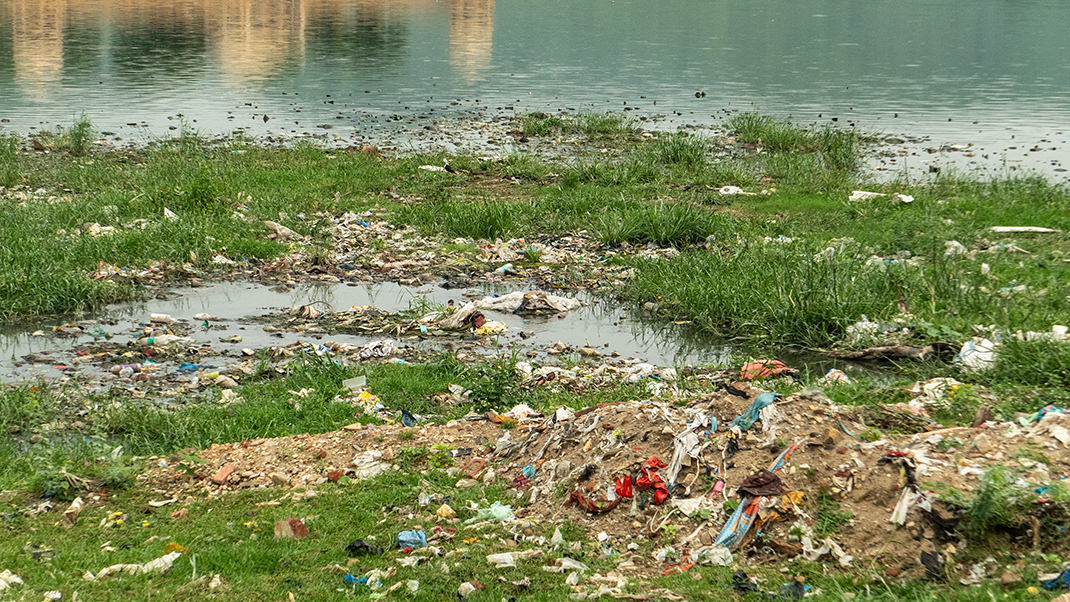
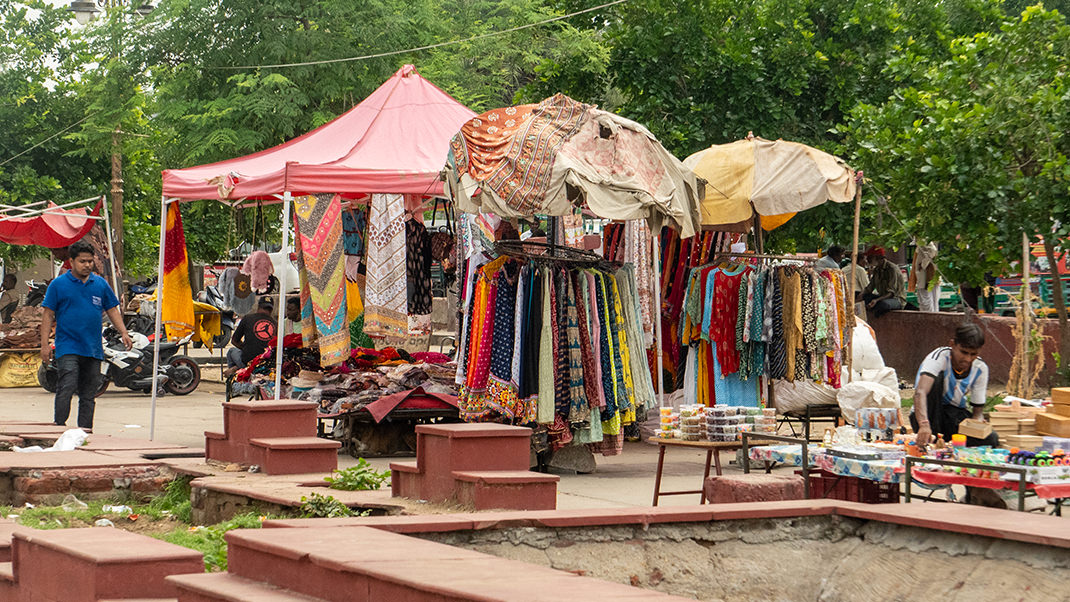
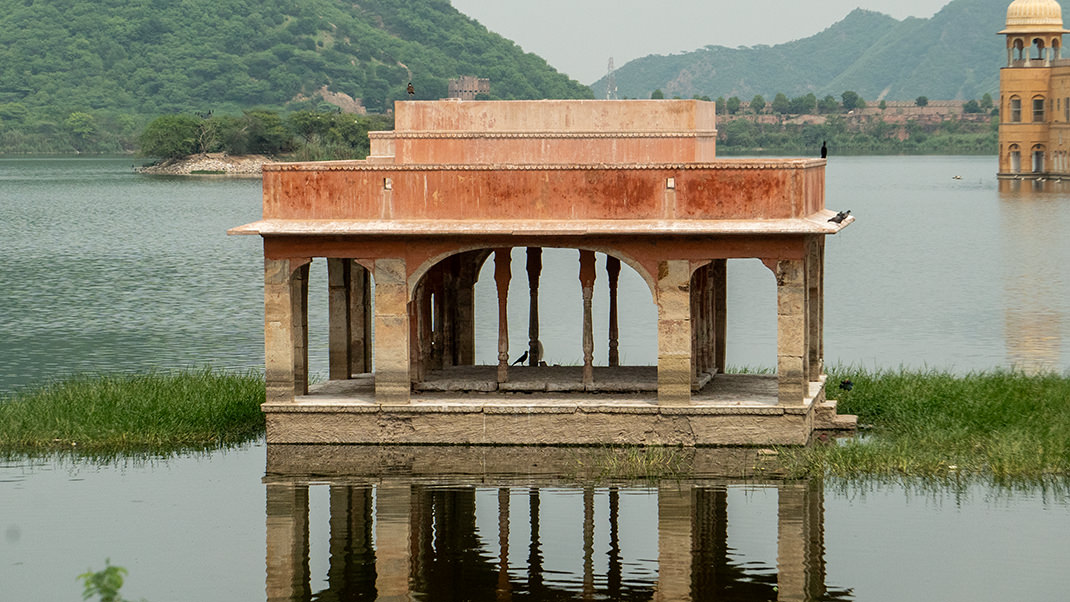
Jal Mahal is a square structure that rises above the water in the southwestern part of the lake. Several trees grow on the roof, and a small garden has been planted there. Tourists are not allowed into the palace, but it can be viewed from the shore.
How to Get There
I’m not sure if I should recommend travelers to plan a route specifically to see Jal Mahal, as you can only admire the palace from viewing platforms, and getting to know it will take very little time. There are vendor stalls along the embankment, but I didn’t bother checking their goods, as the area was so dirty that I just wanted to get back to the city.
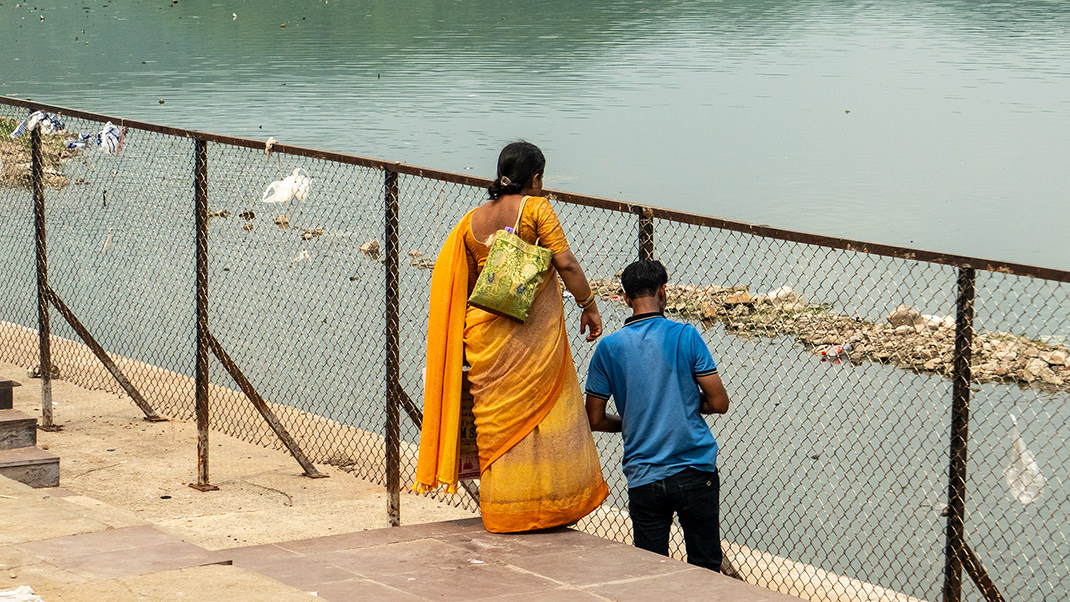
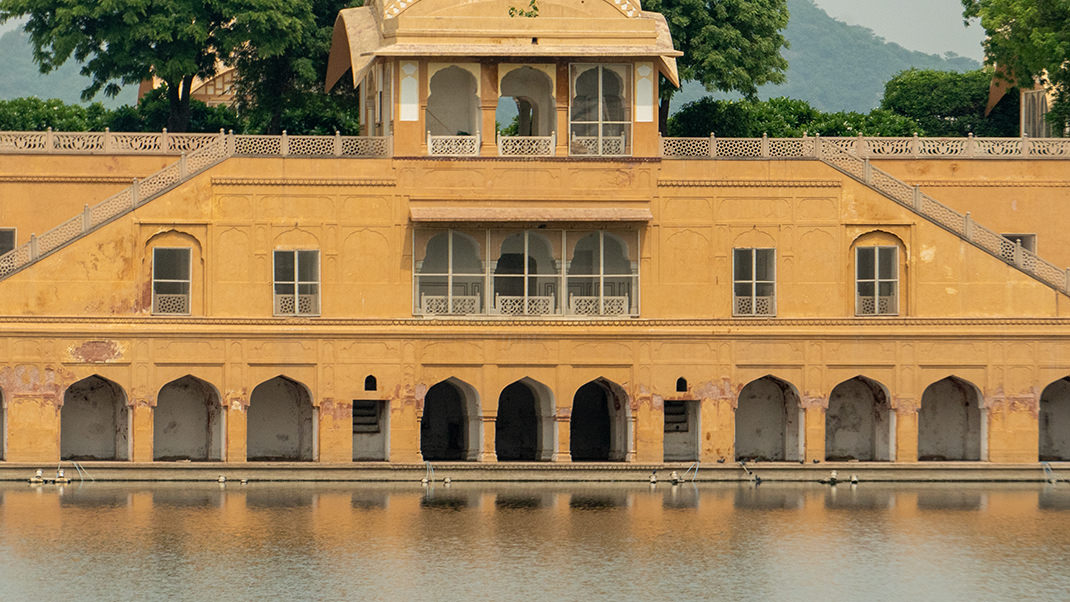
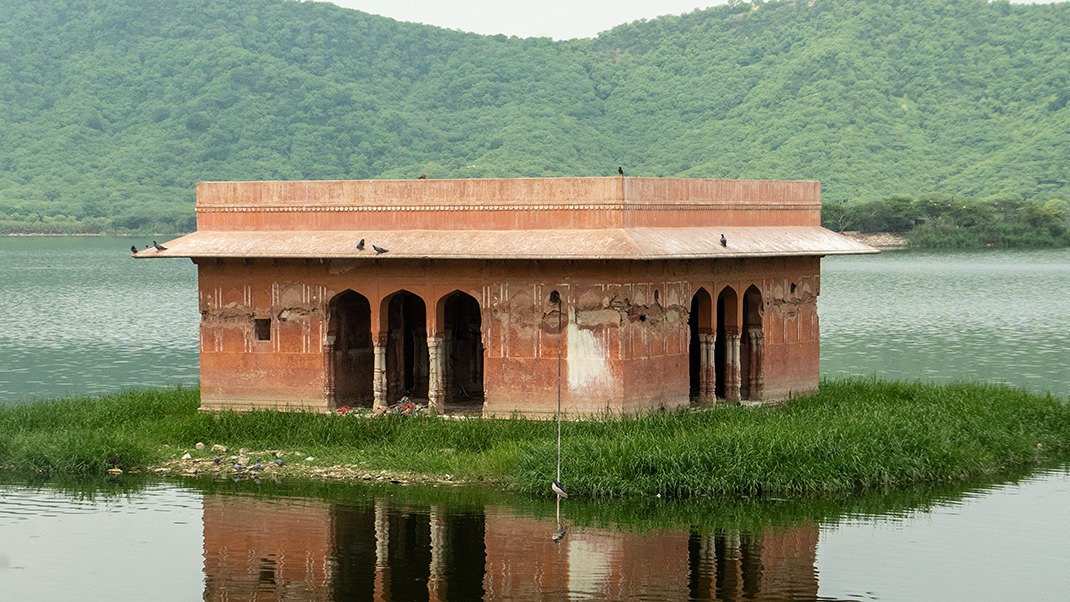
We visited Jal Mahal on our way from Amber Fort. The route was as follows: first, we walked through the “Palace of Winds,” then took a taxi to the fort, with the trip costing 206 rupees. On the way back, we drove to the embankment near Jal Mahal, which cost another 137 rupees. Uber operates in Jaipur, so if you have internet and a phone, you shouldn't have any issues with booking a taxi.
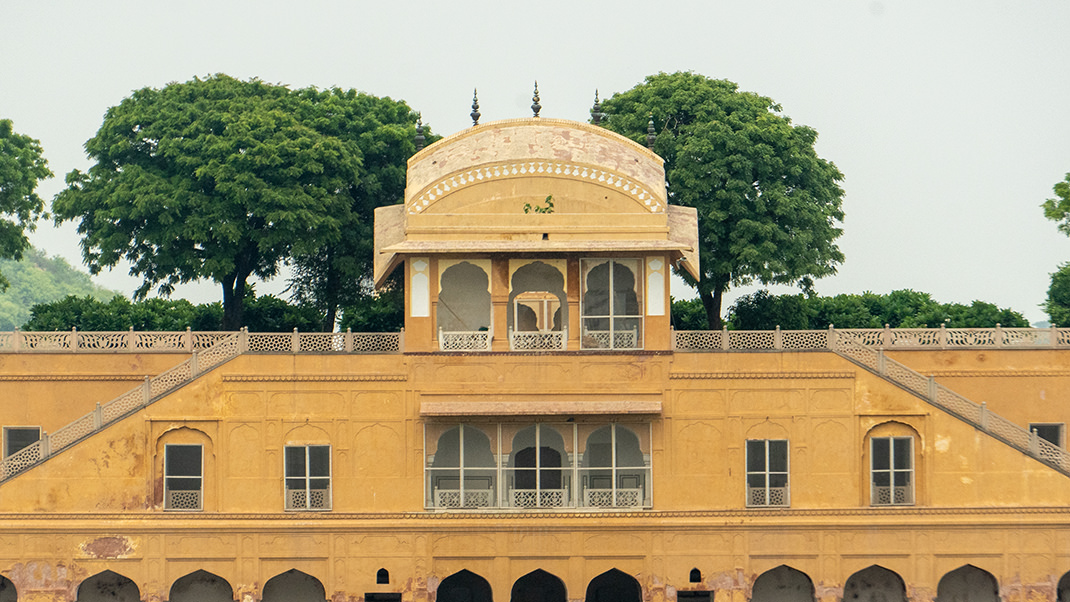
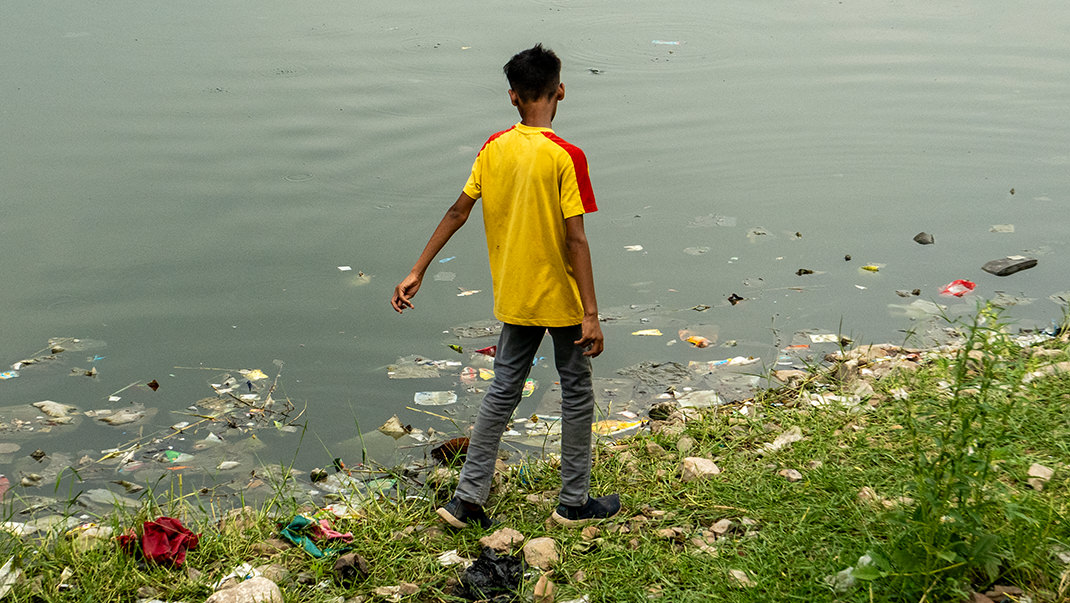
The next morning, we went to see the Patricka Gate, one of Jaipur’s most famous landmarks.
Have a nice trip!


